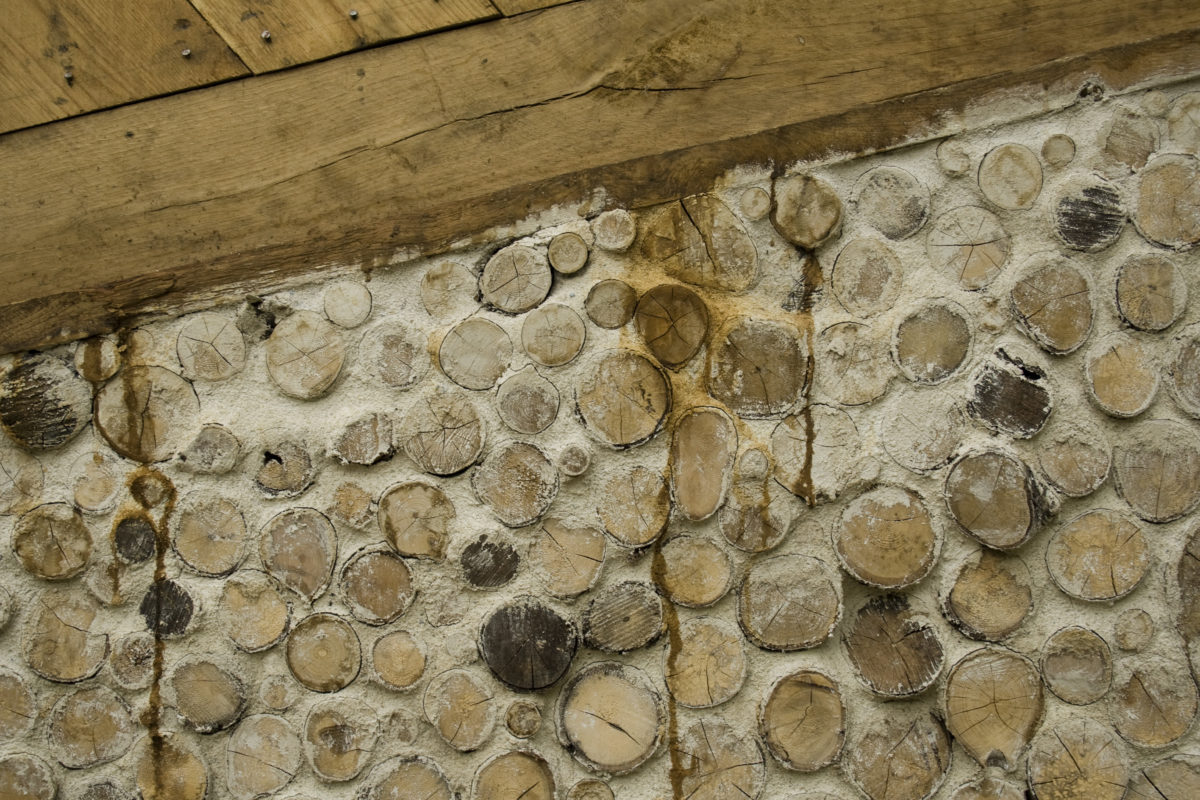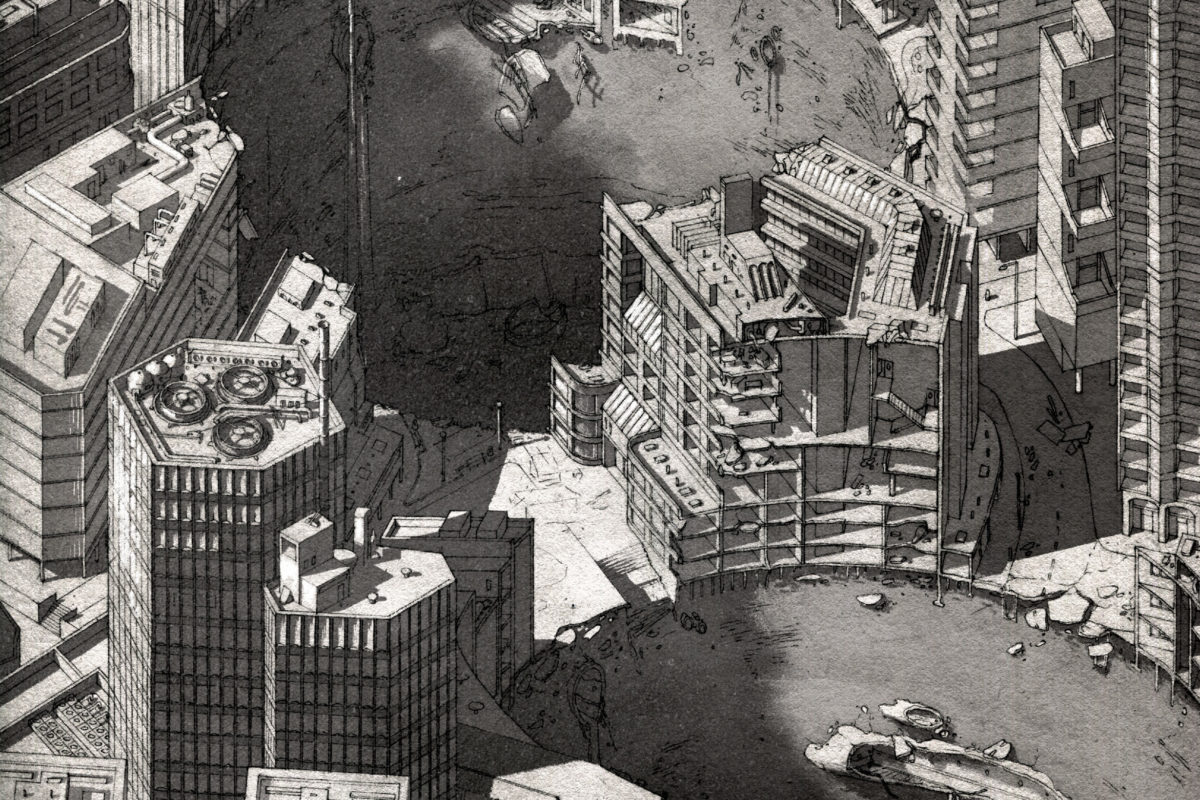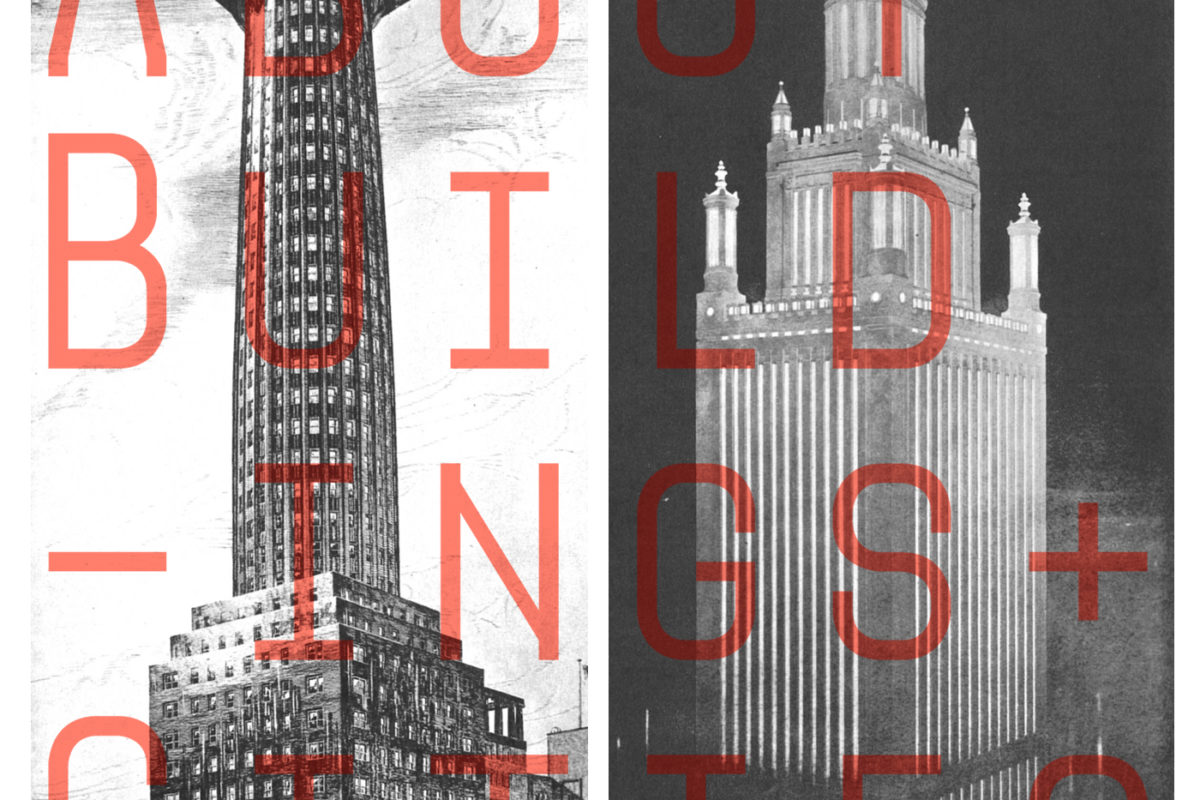6 Jun 2019
Interview
SCIENCE FICTION, COMICS AND TESTING REALITY: LUKE JONES DISCUSSES HIS ARCHITECTURAL PRACTICE
The HIAP Design Residency has welcomed three international practitioners to work at Villa Eläintarha, next to Töölönlahti Bay. Luke Jones is an architect working at the Villa as part of the “The Melting Platform” until the 11th of June, and again for a month in August/September 2019.

Luke Jones and others, Summerhouse project, (architectural project) 2009
AA: What are you currently researching? How does the setting of Helsinki and Villa Eläintarha enhance or help your process?
LJ: This is the first design residency I’ve been on, so I’m still getting used to things. At one level, the residency seems to offer this suspension of everyday life and distractions, so you can shut yourself away and get on with work. But at the same time, the opportunity to be in the centre of Helsinki, and to make connections and pursue dialogue with the community of designers and experts here is too good to just stay inside all day. I’m finding it hugely productive to meet people, find out about their practice and talk to them about the work I want to do here. But so far, I haven’t had a lot of time to develop those ideas in a sustained way — there’s been too much going on.
The project I’m hoping to develop here brings together a few different strands of my own practice. I’m interested in materials and urban-scale responses to scarcity and decarbonisation. I’m also interested in science fiction and speculation as forms of research. It’s a project particularly focussed on forestry and plywood, which obviously have a particular centrality in Finland, so it’s the ideal place to be.
AA: Your work in architecture focuses on urban spaces and sustainability. Rapid urbanisation, climate change and technological progress is compelling us to reassess how we inhabit our environment. Tell us about some of your projects.
LJ: I work as part of a collective practice called Heat Island. Part of what we’re interested in is the interconnectedness of data or software platforms with architectural or urbanistic strategies. So, for example, we’ve looked at a project on Evaporative Cooling as a technology for passive cooling in arid cities. The project considers every level from the granular level of the room or house, the process of manufacturing and embeddedness in material culture, up to the possibility of intelligent network effects of sustainable water management at an urban scale. We’re interested in how both architecture and the digital can reframe themselves for the needs of the era we’re in — with architecture adapting to the means at its disposal, and the digital starting to become critically connected to its own materialisation.

Anna Mill + Luke Jones, Square Eyes (Image from graphic novel) 2018
AA: How did the collaboration with Anna Mill on Square Eyes come about? Growing up, did you want to be an architect or a graphic novelist?
LJ: Anna and I have been together for many years, and almost a decade ago we had the idea of writing a short comic about Augmented Reality and the city. That project then turned into a full length book. We had both trained as architects, and neither of us had really considered writing fiction or comics in any form before then. There is obviously a natural affinity in that both of them are drawn, and Anna had clear ideas about how she wanted to explore the medium, but it was still a bit of an unexpected turn. It took on its own momentum. It wasn’t necessarily a plan of ours. The project turned out to take a lot longer than we expected — eight years from start to finish.
AA: Do built environments and buildings play a big role in Square Eyes?
LJ: We had ideas about the setting of the comic book long before we had any idea what the story would be. You could argue that the city is a character, and if so then it was the first character to come into existence. We were interested in the tension that might develop between the digital ‘layer’ of augmented reality and ubiquitous computing in the future, and the material layer of the ‘old’ city concealed underneath it. In Square Eyes the old city is literally disappearing, and that process is mirrored by an insidious undermining of human agency and consciousness but the technologies that power the new city. Inevitably, the setting of a science fiction is the most obvious vehicle for the big ideas that you’re trying to explore. But as designers we also find that the detail of the world we’re trying to build is extremely satisfying to map out and develop.
AA: Where did you grow up? Does the place where you grew up or the city you currently live in play a role in how your architectural designs and graphic novel drawings develop?
LJ: I grew up in Edinburgh, and now live in London. I think my childhood definitely had a big effect on my interest in architecture and landscape. Edinburgh is a city of amazing contrasts and is quite spectacularly located. There are places where you have dizzying vertical transitions, where a building may appear to be a couple of stories high on one side, and ten on the other, because of the change in level. There is famously also a clash of styles between the ‘New Town’ built in an ordered, neoclassical style on an unoccupied site, and the ‘Old Town’ which is a precipitous and organic medieval centre (albeit significantly reconstructed in 19th century romantic style). It’s a city where landscape is unavoidable, but also where ideas about urbanism and architecture seem vital and consequential. Reflecting on it now, there’s a very literal relationship to Square Eyes which I hadn’t seen before.
I now live in London, which of course is a very different city, sprawling and massive, but also very intimate and almost village-like in places. I think the contrasts are what power the imagination though, between histories, places, the old economic geography and infrastructure of the city, working away like a vast machine.

About Buildings + Cities, 2016-ongoing
AA: Is combining science-fiction and architectural practice an attempt to make sense of a city that is always changing?
LJ: I think the problem that science fiction and architecture together address is both that the city changes too much and that it changes too little. There are all sort of profound shifts that we need to accomplish, which we seem to be getting nowhere with. At the same time, the sense you have of looking at the city is often of a set of forces directing its development which seem inexorable and impervious to ethical or democratic control (or design, for that matter). I don’t know if I can make a grand claim for how much science fiction ‘helps’ anyone, but it certainly seems to be a way of thinking things through.
AA: Can science fiction change what human life looks like in the future?
LJ: I’m normally skeptical of idealism — but clearly ideas do have some effect in shaping what happens next. What’s certainly true is that science fiction, and more straightforward futurism or Utopianism have a very strong connection. When HG Wells started writing science fiction, his work was largely fantastical, with a strong element of satire, but in less than a decade, he was writing plans for a modern Utopia, setting out how the industrial system would work, how society could be organised, the infrastructure, technology and so on. Science fiction, because it works cognitively as an exploration of possibility, based on causes and effects, history and transformations, is potentially the kind of reality testing we need to develop new ways of living. I certainly believe it has that potential.
Read more:
